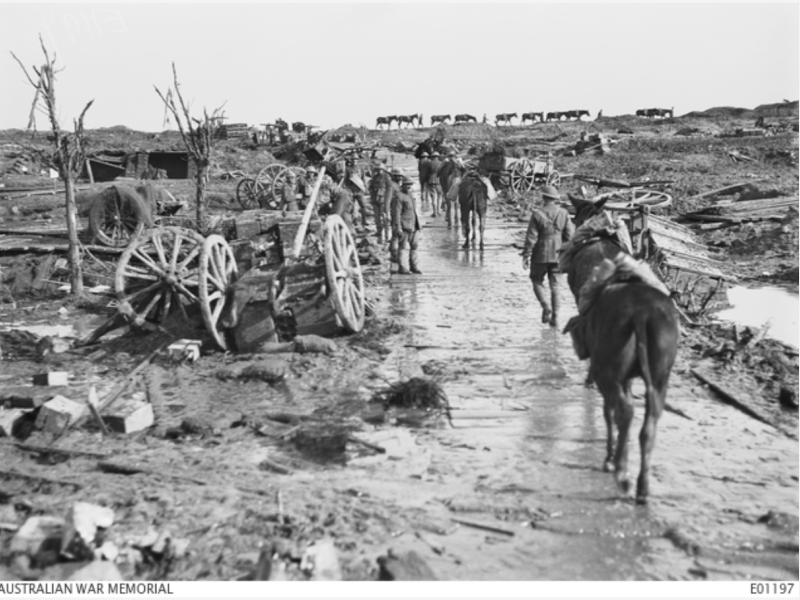Private William Henry Blake, 28th Battalion, AIF
William Blake was born on 25 January 1885, the eldest son of William and Kate Blake of Northam, Western Australia.
Blake did not attend school, his mother later listing his training as “hard work”. He worked as a farm labourer in Northam.
Blake’s father, also named William, died in 1915, leaving behind a large family.
William Blake enlisted in the Australian Imperial Force in early September 1916. After some initial training, he was allotted to reinforcements to the 28th Battalion, embarking at Fremantle on the troopship Persic on 29 December 1916.
Arriving in England in early March 1917, Private Blake joined a training battalion and underwent more training before joining his unit in France in June. A few weeks later he was admitted to hospital with a case of mumps.
He rejoined his unit in late July. By then, his battalion had provided reinforcements for the second battle of Bullecourt, who found themselves involved in heavy fighting. The Australians broke into, and took part of, the Hindenburg Line – but no important strategic advantage was gained.
Private Blake’s first major battle would be the battle of Menin Road, part of the third battle of Ypres, a British offensive which aimed at taking sections of the curving ridge, east of Ypres, which was crossed by the Menin Road.
The 2nd Australian Division, of which Blake’s unit was part, attacked on either side of the Westhoek–Zonnebeke road. As German garrisons were surprised and overrun, the 28th Battalion quickly captured its objectives.
While the attack was successful, advancing troops had to overcome entrenched German defensive positions, including mutually supporting concrete pill-box strongpoints held with machine-guns. The Australians also had to resist fierce German counter-attacks.
Strafing by eight German aircraft and shelling by German artillery caused additional losses, as the Australians consolidated captured trenches and shell-holes in their new front line.
Private Blake was wounded on the first day of the battle, his right foot and leg shattered by a shell-wound. He was taken to a casualty clearing station, and then evacuated to a general hospital in France but his wounds proved mortal, and he died four days later, on 24 September 1917.
He was 32 years old.
Today, his remains lie in Wimereux Communal Cemetery, alongside more than 3,000 Commonwealth casualties from the First and Second World Wars.
Duncan Beard, Editor, Military History Section
Image: A view of the road running up to Idiot Corner, on the Westhoek Ridge, in the Ypres sector, 1917
- Australian War Memorial https://www.awm.gov.au/collection/C2755453

 Australian War Memorial
Australian War Memorial